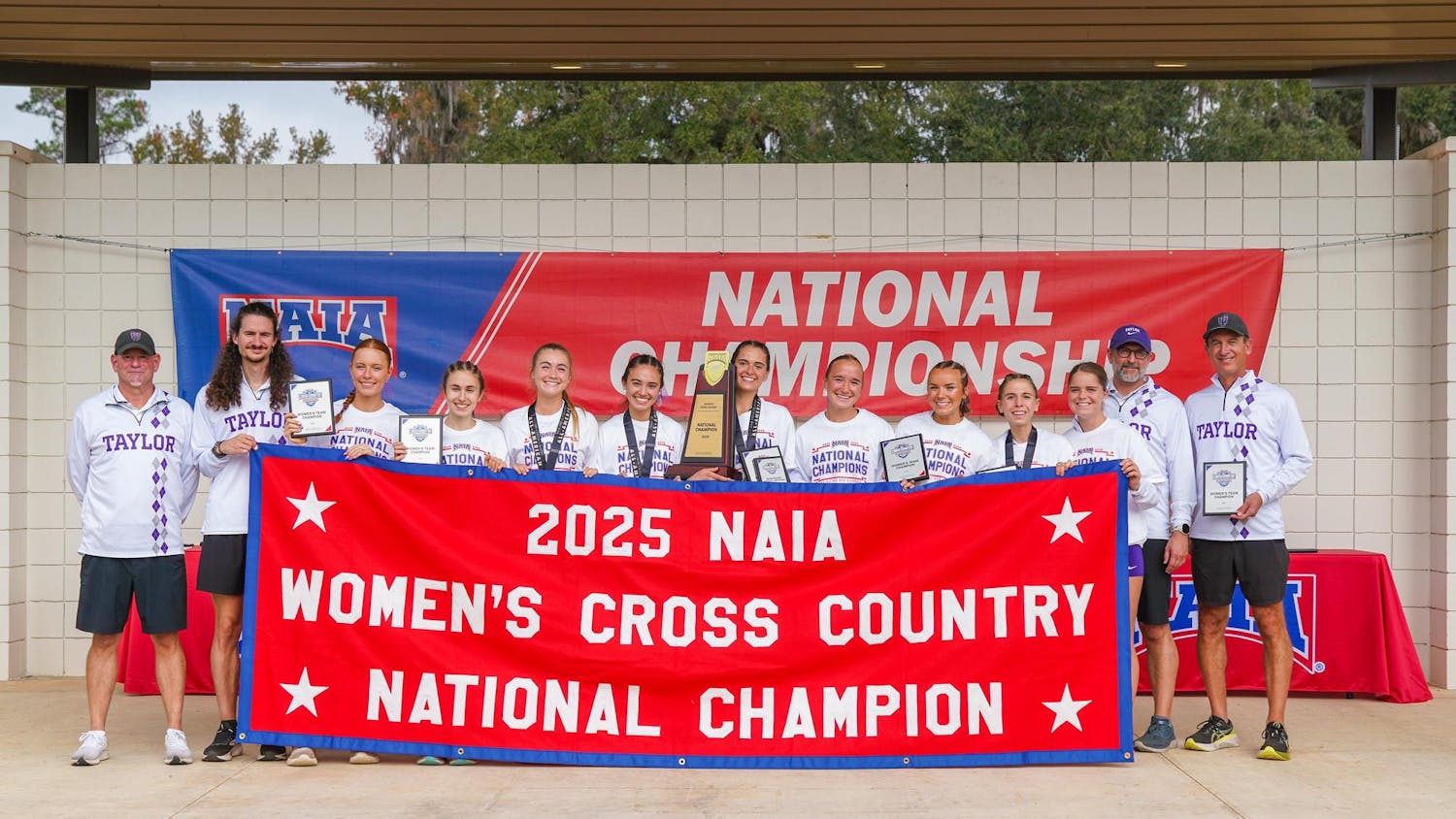From Earth to outer space, NearSpace Education is launching its Dream Big Initiative after receiving a grant from the Don Wood Foundation in January.
The initiative intends to promote STEM education, specifically about outer space, using various means of outreach, programs and partnerships with universities to engage communities and inspire a passion for science, Brandon Pearson, NearSpace Education STEM director, said.
NearSpace Education began four years ago and officially set the Dream Big Initiative into motion in 2022.
The plan has involved a multi-phase process, beginning with NearSpace Education’s April 8 eclipse events in which they launched 15 high-altitude balloons from ten different groups across Indiana.
Their next phase: summer space camps. Through the new boost in curiosity sparked by the eclipse events, NearSpace Education intends to motivate children ages sixth through twelfth grade to participate in the space camps the organization offers. The overall goal for the entire initiative stands in line with the organization's mission to inspire, equip and impact, Pearson said.
“From being [the] educator that I was when I was teaching full time, one of the hardest things is to get students to catch passion [for] something or to catch a vision of [how], ‘Oh this is really interesting, I want to learn more,’” he said.
NearSpace Education intends to expand the initiative through elements of community outreach including through their partnership with the LEGO League Robotics Club in Matthews, Indiana, and other partnerships with groups in STEM outreach.
The goal of the Dream Big Initiative is that students at all levels of learning — middle school, high school and university — will gain more education and exposure to STEM learning experiences they might not typically have the opportunity to engage with.
With Grant County’s poverty level being 19.3% in 2022 — higher than the Indiana state average by 6.7 points — the support and availability of educational STEM resources are limited in the local area, Pearson said.
“It's really hard to get somebody who hasn't been given opportunities and doesn't have the resources to pursue certain pathways, to catch the vision of, ‘Here's what [STEM careers] you can do later on,” he said.
A part of the Dream Big Initiative is to increase that exposure.
The level of children living in poverty in Indiana in 2022 was 16.1% — only 0.6 points less than the state average, according to the Indiana Youth Institute.
Debbie Stiles, social work program director and chair of the Department of Sociology and Social Work, said Grant County has consistently been in the top five Indiana counties with the highest child poverty rate.
From 2018 to 2022, the average percent of children under the age of 18 who were living in poverty was 28.5% — the second-highest percent in the state just below Crawford County.
“When kids are worried about not having food, worried about whether they have a house to go to that night, [worried about having] running water [or worried about having] electricity — these are all issues that a lot of kids in Grant County are facing — it's hard to think about a future,” Stiles said. “How can you dream when you're just focused on survival?”
Alex Reno, NearSpace director of outreach and operations, said the summer camps will have scholarship opportunities provided by two other grants they received from the United Way of Grant County and the Indiana Space Grant Consortium.
NearSpace Education is also partnering with six universities across the tri-state region. While the universities have yet to be announced, NearSpace Education will be working with one in Michigan, one in Ohio and multiple in Indiana, Pearson said.
College students from each institution will design and build satellites to launch into space and engage in youth STEM outreach through high-altitude balloon launches at middle and high schools.
Currently, NearSpace Education has 18 balloon launches they will have each university execute. NearSpace will also be providing the appropriate training and equipment to each institution to do so.
Apart from the middle and high school engagement, NearSpace Education will also have each university send six satellites into outer space. The end goal with this is for university students to engage in meaningful research on outer space, Pearson said.
NearSpace Education has also offered job shadowing experiences and internships to add to those real-life opportunities, Reno said.
“We talked about a big dream because it's this idea of, ‘How do we go and push [students] to the next thing in terms of what's capable with what's available?’” Pearson said. “How do we push them to additional opportunities and options that are out there that we're not aware of? How can we help them see themselves in ways they didn’t think possible and to pursue those paths?”




